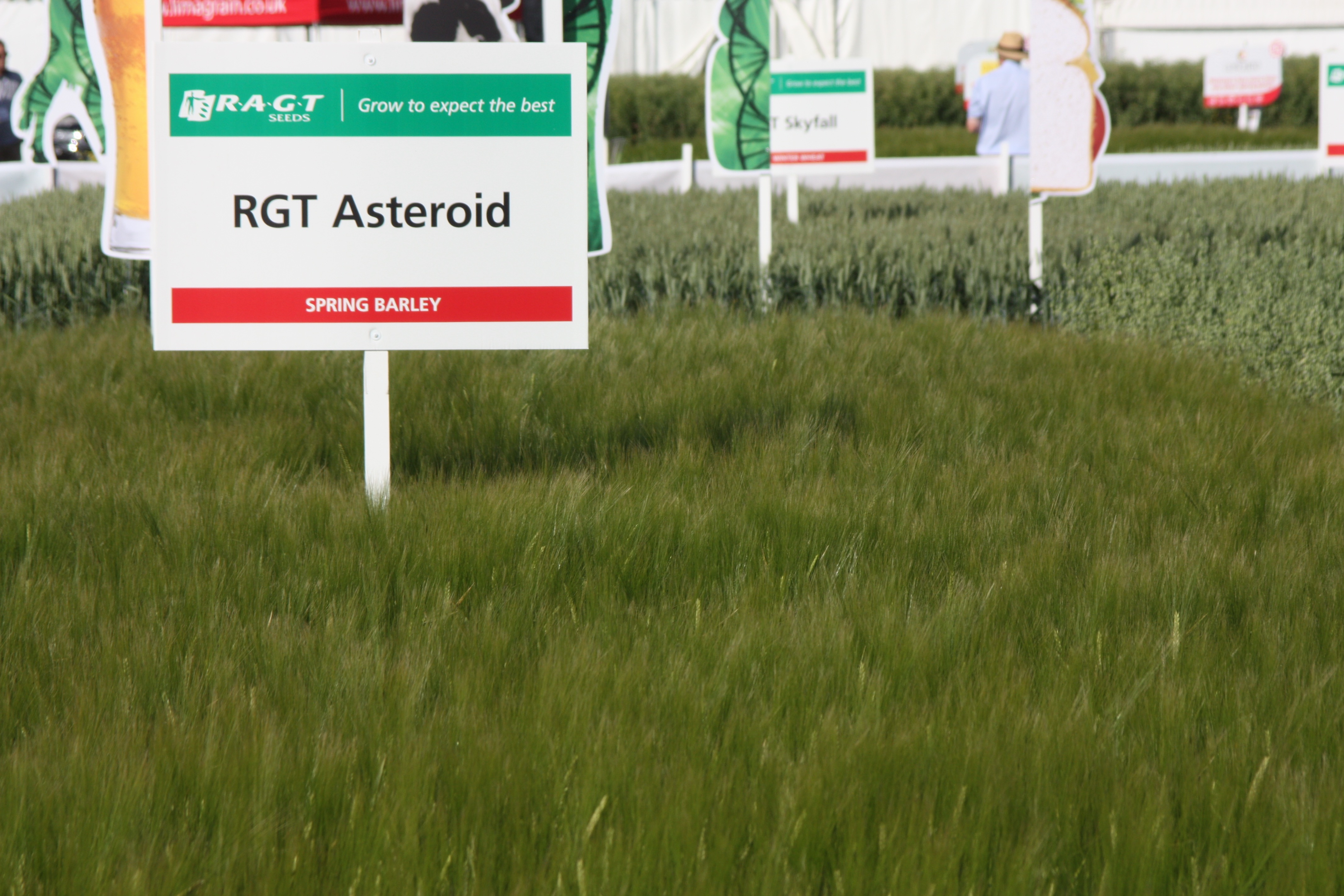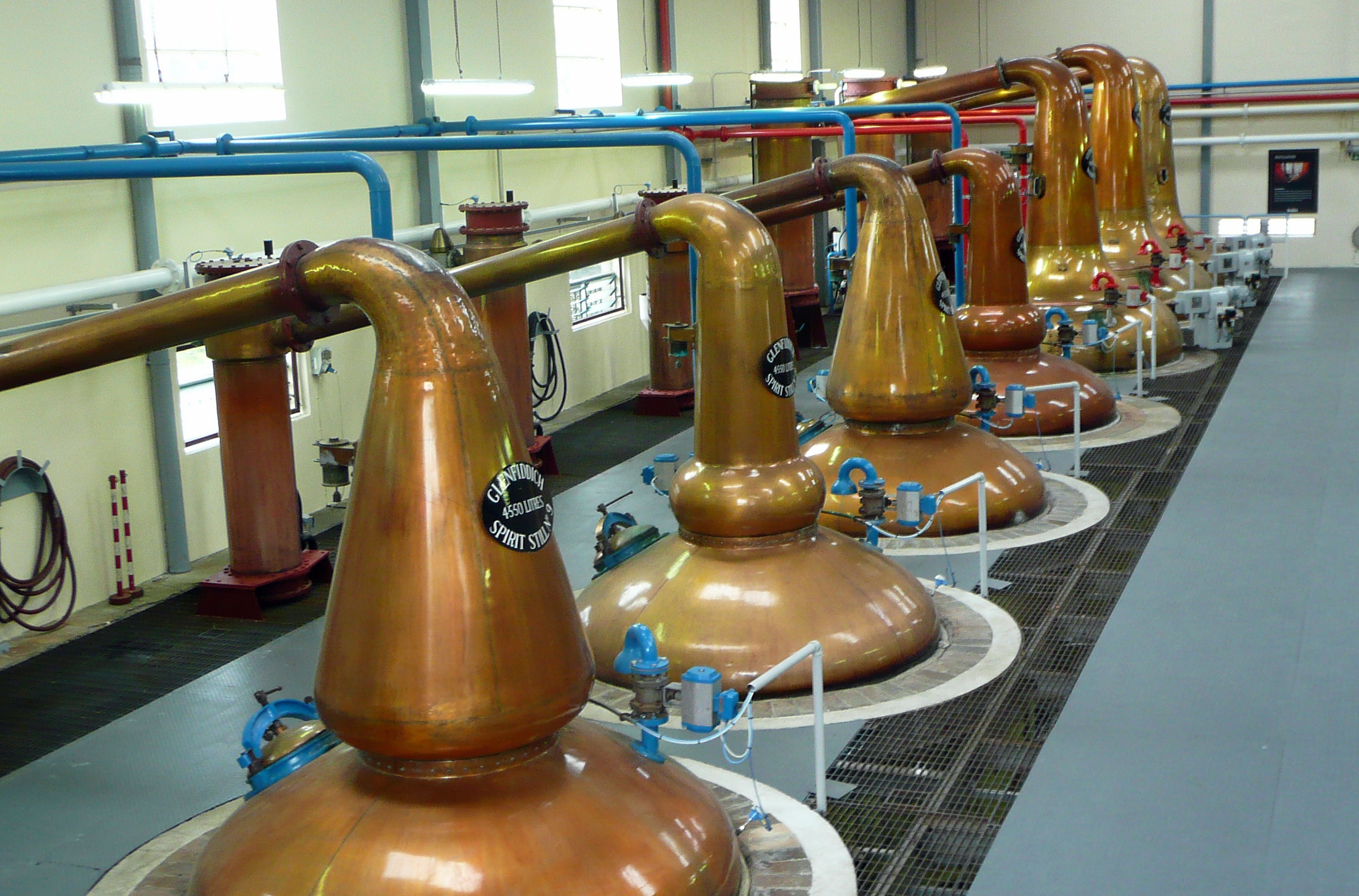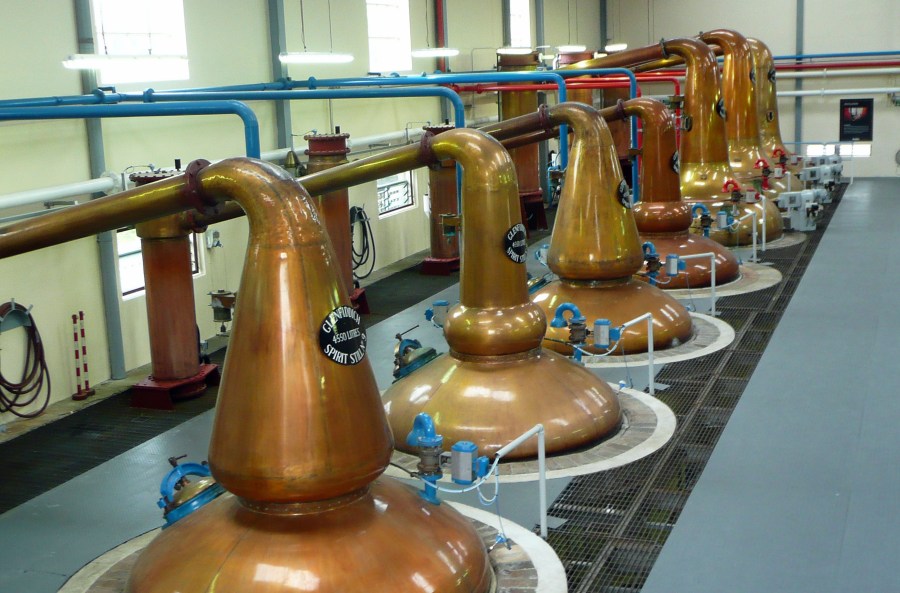
In a market of already very strong spring barley competitors, there’s a new contender shooting on to the AHDB Recommended List – CPM reviews RAGT’s new variety, Asteroid.
If the variety gets malting approval, it will have better grain quality than some of the leading varieties.
By Charlotte Cunningham and Tom Allen-Stevens
RGT Planet may have come to dominate the spring barley market and could be considered a firm favourite with both farmers and end users. But now, with a sister variety on the 2018 AHDB Recommended List, could this influence variety choice? Meet RGT Asteroid, RAGT’s new high-yielding, top-quality variety, which has thoroughly impressed throughout its trials.
RGT Asteroid is the result of a cross between Limagrain variety Overture and RGT Campanera. “Overture was selected as it’s a strong distilling variety and we were really looking to improve what was on offer in the distilling market,” explains Steve Klose, spring barley breeder. “Campanera was chosen because of its high yield, good disease resistance and grain quality.”
The variety boasts high quality drawn from both parents, good hot water extract and crucially it’s a GN (glycosidic nitrile) non-producer – drawn from Overture – that makes it suitable for use in the distilling market. In terms of statistics, RGT Asteroid has a specific weight of 68.7kg/hl, nitrogen content of 1.40% and low screenings levels (through a 2.25mm sieve) of 1.0%. “If the variety gets malting approval, it will have better grain quality than some of the leading varieties,” explains Agrii’s Barry Barker. “The specific weight is as good as Propino – this is what we’ve been missing.”
It also has a high spirit yield and a suitable diastatic enzyme to break down sugars and starches – meaning the variety can be used for both distilling and brewing purposes, adds Steve.

Crucially Asteroid is a GN non-producer that makes it suitable for use in the distilling market.
While RGT Asteroid shares many characteristics with its parents, what makes it unique is that it’s the only variety on the 2018 RL that’s suitable for three markets – brewing, malt distilling (for malt whisky) and grain distilling (for grain whisky). “The combination of brewing and distilling use helps growers cover all bases,” says Steve. “If nitrogen levels are high, it can go for grain distilling but if they’re low, the crop can be used for malt distilling. With variable seasons and issues with not meeting specifications, it’s important to have this flexibility.”
While quality is an obvious strength of RGT Asteroid, for many growers, yield is still king. RGT Asteroid ranks high in the table with a UK treated yield of 103 against the control, and 105 in the East region, as well as 97 in untreated trials. In the years leading up to making it on to the RL, RGT Asteroid performed consistently well with treated yields of 102 in 2015 and 104 in 2016 and 2017. “In our own Agrii trials in England over the past two years, RGT Asteroid was the best variety for out and out yield,” adds Barry.
So, how does the variety stack up in the field? RGT Asteroid is a stiff, tall variety that holds its green leaf well and has good straw quality. According to the RL, the variety scores 9 for resistance to brackling, 7 for resistance to lodging and has a straw height of 76cm – placing it firmly as one of the taller varieties on the RL.
It has a robust disease profile, boasting good resistance to rhynchosporium with a score of 6, and looks to have similarly good resistance to mildew and yellow rust, with scores of 9 and 8, respectively – though this is based on limited data.
The variety also benefits from a high ramularia score. “For growers in Scotland, RGT Asteroid is a great option because of its resistance to ramularia – with a score of 7, it has the highest level of resistance on the RL,” notes Steve.
Though the Scottish cereal area is relatively small – accounting for about 460,000ha of the UK’s total 3.1m ha – varieties tend to have a longer lifespan than the three to four years typically seen south of the border, so breaking into this market with RGT Asteroid is essential, says Simon Howell, managing director at RAGT Seeds. “If you can get a variety established in Scotland, it’s likely to be around a lot longer. Once farmers are confident in a variety’s genetics, they trust it.
“To break into the Scottish spring barley market, we have to find varieties that deliver high yields but with Concerto’s quality,” he adds. “As breeders, we’re all striving for that quality – farmers need varieties that can have a ready-made home.”
Of course, the big question is: Will RGT Asteroid be the next big thing, or will it just disappear like so many other spring barleys in recent years? Despite not being an easy market to get into, RGT Asteroid has a good chance of becoming a favourite amongst growers, says Barry. “Varieties like Planet, Laureate and Propino have traditionally taken up market share, but growers seem to be in the mood to look at new options and are certainly becoming more critical about variety choice.”
While the variety is now officially recognised on the RL, its success will depend largely on the uptake by end users, he adds. “It’s always difficult to forecast how it’s going to go. With other varieties coming onto the market, it will be largely based on how end users see it.
“Though it’s fighting for a share of a tough market, if RGT Asteroid gets the tick of approval from end users, it will muscle its way into the spring barley market,” concludes Barry.
End use testing underway
Although RGT Asteroid has potential, it still has further hoops to jump through in order to confirm its expected end uses – with questions currently over whether or not it will progress through brewing trials, explains Paul Huntley seeds manager at Simpsons Malt. “It’s a variety that seems to have inherently decent diastatic power levels (to break down sugars and starches for distilling and brewing), as well as very high untreated yield and low screenings.”
Simpson Malt’s own unofficial micro malt evaluation trials highlighted that RGT Asteroid modified very well, stimulating interest to delve further into the variety’s potential, adds Paul.
The firm is growing the variety on contract this spring and the harvest 2018 grain will be used to carry out a MAGB (Maltsters’ Association of Great Britain) macro-scale test malting trial, with results expected in spring 2019. “From our perspective, we’ve seen potential within the variety – particularly for grain distilling – however, further evaluation work is needed to determine its future place in the market.”
Export potential
Should RGT Asteroid be deemed unsuitable for domestic brewing markets there is, of course, always the potential to export. “While there’s no particular regional preference for growing RGT Asteroid, more information is expected in the early spring regarding export potential,” explains Barry Barker. “If that gets the go ahead, this’ll provide greater opportunities – particularly for growers in the southern half of the country.”
In Europe, RGT Asteroid is set to make its way on to the spring barley market, with the variety recently approved by the CBMO (The Barley, Malt and Beer Committee) in France, says Chris Black, international cereals product manager at RAGT. “Now it’s accepted by the CBMO, RGT Asteroid will become an official variety in France. If the price is right, this opens a valuable opportunity for end use. We’re still at the early stages, but it looks very promising.”
Breeding for a ‘step change’ in performance
RAGT is laying claims it is the number one plant breeder in the UK, and with an impressive line-up of some leading varieties across cereals and oilseeds, these are suggestions that are hard to refute.
“RGT Gravity is the highest yielding feed wheat on the AHDB Recommended List, and Skyfall is the current market leader,” points out UK managing director Simon Howell. “The highest yielding UK oilseed rape variety on the RL is RGT Alizze with Windozz highest on the East/West RL.
“RGT Gravity is the highest yielding feed wheat on the AHDB Recommended List, and Skyfall is the current market leader,” points out UK managing director Simon Howell. “The highest yielding UK oilseed rape variety on the RL is RGT Alizze with Windozz highest on the East/West RL.
“In spring barley, RGT Planet is the highest yielding fully approved malting variety, while in winter oats we have the top two highest yielding varieties on the RL in RGT Victorious and Southwark. That’s four main markets in which our breeders are delivering the top varieties.”
Founded in 1919 – originally a local farmer cooperative in France – RAGT put its plant on the UK breeding scene when it acquired the PBI programme from Monsanto in 2004. Skyfall could be considered its most prestigious variety to date, winning the coveted NIAB Cereals Cup in 2015.
In spring barley, the breeder failed to get much traction on the UK market at least, until Planet was recommended for the 2015 season. “RGT Planet has been trialled in 42 different countries over five years and has in most cases come top or in the top three for yield,” boasts international cereal product manager Chris Black.
“Brewers rarely look for a new variety, but on farm, Planet’s performance was so good it was worth farmers risking a discount to grow it. Enough of them have now switched over to Planet for the question for brewers to become ‘why pay a premium for the older varieties?’ So the differential has disappeared, but you need a step change in varietal performance for the market to make that transition.”
As a variety grown and used by maltsters across Europe, Planet illustrates RAGT’s international emphasis. It has 17 breeding research sites across Europe, two of which are in the UK. Its UK base at Ickleton, Essex, is one of six sites in a European network within which RAGT’s “elite” germplasm is exchanged in a quest to find traits that will deliver the next generation of cereals and oilseeds.
It’s at Ickleton that senior wheat breeder Célia Bequain and her team developed RGT Gravity. “We’re very integrated with the other European breeding stations, and work particularly closely with Sebastien Cuvelier in northern France,” she says. It was here that Skyfall was picked from the lines as a variety with potential for the UK.
Gravity is the first major UK wheat from the RAGT stable that’s been developed using genomic selection (GS). “We now know so much information about the wheat genome at the allele level and GS allows us to predict the genetic value of a line above its field performance”, explains Célia.
“Both molecular marker (genotyping) and field (phenotypical) data are provided to our bioinformatician. Together with a clever piece of software and a model developed in-house and based on years of historical data, our bioinformatician can give us a prediction of the genetic value of our lines and of the crosses we intend to make.
“During the very erratic seasons in which we tested Gravity in pre-National List trials, GS confirmed Gravity’s ability to yield and that gave us the confidence to accelerate the variety’s development.”
She sees the technology as complementary to the traditional skill of the breeder in picking out lines with potential. “Now we have trust in GS, we can identify promising lines very early on. That means we can take up to three years out of the discovery period for new varieties, gaining time both at the recycling stage of an interesting parent and in accelerating the development of the line through its breeding cycles. The breeder still has to apply the knowledge, but GS is a very powerful tool to qualify it,” notes Célia.
RGT Asteroid at a glance

Source: 2018/19 AHDB Recommended List; [ ] – limited data.




